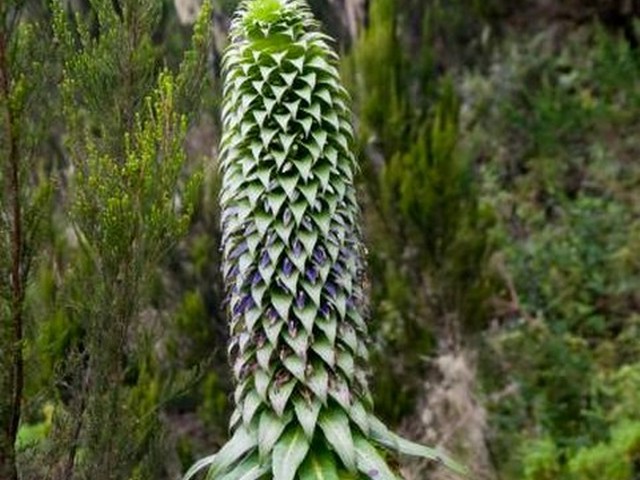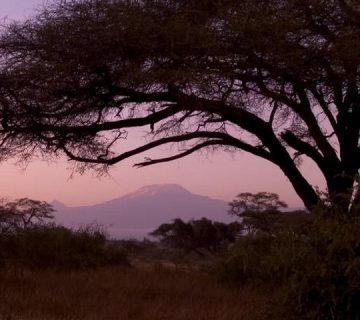How To Overcome Challenges During Solo Kilimanjaro Treks
Standing majestically as the highest peak in Africa, Mount Kilimanjaro beckons adventurers and solo trekkers from across the globe. The allure of conquering its summit, Uhuru Peak, is a dream many hold dear. However, the journey to the roof of Africa is not without its challenges, especially for those who choose to embark on this adventure solo. At Kilimanjaro Centre for Trekking and Ecotourism (KCTE), we understand the unique obstacles faced by solo trekkers and are here to guide you through overcoming these hurdles with confidence and safety.
Embracing the Solo Journey: Why Go Alone?
Solo trekking can be a profoundly transformative experience. It offers a rare opportunity for introspection and personal growth, alongside the thrill of adventure. When you trek alone, you set your own pace, listen deeply to your own rhythms, and face your fears head-on. However, this independence also comes with increased responsibility.
Preparing Mentally and Physically
Mental Preparation: The Inner Climb
Mental resilience is key on the slopes of Kilimanjaro. Before you even set foot on the mountain, begin by setting clear, achievable goals. Visualize your journey, from the lush rainforests at the base to the icy summit. Prepare yourself for the solitude and the empowerment that comes with it.
Physical Readiness: Training for the Trek
Kilimanjaro is no ordinary hike; it’s an expedition that demands high physical stamina. Start training months in advance, focusing on cardiovascular fitness, leg strength, and endurance. Incorporate long walks, preferably on inclined surfaces, and consider altitude training if possible.
Equip Yourself: Gear and Supplies
Carrying the right gear is crucial, particularly when you’re reliant on yourself. Essential items include:
- A sturdy, comfortable backpack
- Weather-appropriate clothing (layering is key)
- High-quality hiking boots
- A sleeping bag suited for sub-zero temperatures
- Navigation tools like a map and compass or a GPS device
- A comprehensive first aid kit
Understanding and Mitigating Altitude Sickness
Altitude sickness is a formidable challenge on Kilimanjaro. Acclimatize properly by allowing for extra days in your trekking plan. Learn to recognize the symptoms of altitude sickness and carry appropriate medications after consulting with a healthcare provider.
Navigating the Route: Choosing the Right Path
Kilimanjaro offers several routes, each with its unique vistas and challenges. For solo trekkers, the Marangu or Machame routes are often recommended. These paths are well-trodden and offer communal sleeping huts or campsites where you can interact with fellow trekkers and experienced guides.
Staying Safe: The Role of Local Guides
While the idea of a solo trek might seem to imply going it alone, having a local guide is invaluable. Guides not only know the terrain intimately but also provide insights into the local flora, fauna, and geography. At KCTE, our guides are trained to assist solo trekkers in not just navigating the physical landscape but also in understanding local customs and ensuring ecological respect.
The Power of a Well-Planned Itinerary
A thoughtful itinerary is your roadmap to success. It should include not just your route and overnight stops but also allocate time for rest and acclimatization. Detailed planning minimizes risks and increases your chances of a successful summit.
Join the KCTE Community
Booking your Kilimanjaro climb with Kilimanjaro Centre for Trekking and Ecotourism (KCTE) means you’re not just going on a trek; you’re becoming part of a community. We offer tailored advice for solo trekkers, ensuring you feel supported every step of the way.
FAQ: Solo Kilimanjaro Treks
Is it safe to trek Kilimanjaro alone?
While solo treks are safe, they require careful planning and preparation. We recommend hiring a local guide for navigation and safety.
What is the best time to climb Kilimanjaro solo?
The best times are during the dry seasons, from late June to October and from late December to early March.
How do I deal with loneliness on the mountain?
Plan ways to stay mentally engaged, such as listening to music, podcasts, or audio books. Engaging with other trekkers and guides can also provide social interaction.
What should I do in case of an emergency?
Always have a communication device, such as a satellite phone. Ensure someone knows your itinerary and expected return time.
Your Journey Awaits!
Overcoming the challenges of a solo Kilimanjaro trek is about preparation, determination, and the right support. At Kilimanjaro Centre for Trekking and Ecotourism (KCTE), we’re committed to providing that support, ensuring your journey to the summit is as rewarding as it is unforgettable. Ready to conquer Kilimanjaro? Contact us today to start planning your adventure. Remember, the summit is not just a place, but a pathway to discover your own potential. Let’s climb this mountain together – one step at a time.




